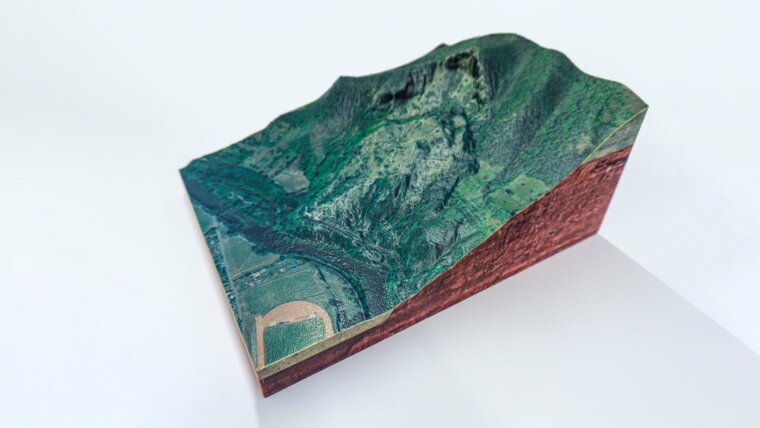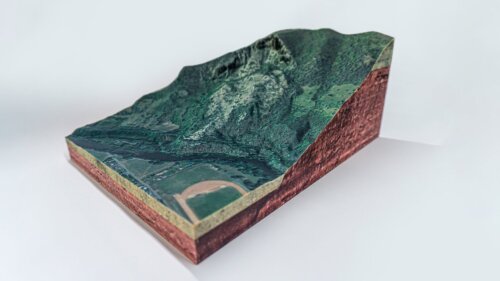
3D printing is now ubiquitous. The Friedrich Schiller University's 3D printing service offers you the right solution to print your digital designs, prototypes and illustrative objects quickly and easily.
Visual and haptic testing is more efficient and cost-effective than other methods, such as casting moulds or milling. Changes to the design can be quickly and effectively implemented in the model and produced multiple times.
A picture is worth a thousand words: So what can a 3D model tell you when you present it in your lecture? 3D printing offers you completely new possibilities for visualising your research projects and is therefore an innovative tool for research and teaching.
We offer 3D printing based on various technologies. We can currently offer you three different printing processes. Below you will find a brief overview of our options, and we will also be happy to advise you on your desired product.
Take advantage of this opportunity and print your own 3D models in the print services area!
- Only STL, OBJ or 3MF data is processed.
- We do not carry out any post-processing, the models may be handed over with a base plate and supports.
- Printing is subject to a charge and is invoiced via cost centre or cash payment. Colour prints are more cost-intensive and are produced without any guarantee of colour fidelity. The material consumption determined before printing is charged.
Advice on 3D printing is available during opening hours.
Service desk portal*: print orderExternal link
-
FDM
In FDM (Fused Deposition Modelling), a thermoplastic filament is melted in a nozzle and applied layer by layer. In this area, we print with an "S5" from Ultimaker, which has two extruders. This makes it possible to process different materials in one model and to print more complex parts using a water-soluble support structure. It is also characterised by a large print area and a large selection of materials.
This process is the most cost-effective.
Special features: Dual extruder (2 print heads)
Supported print material: thermoplastics (PLA, PVA, ABS, TPU...)
Layer thickness: 0.1 - 0.2 mm
Print volume: 33.0 x 24.0 x 30.0 cm
Colour: depending on material
-
SLA
SLA technology, which uses a laser to solidify individual layers of resin, is characterised by a very high resolution and therefore a fine surface. Here we use a "Form 3B" from Formlabs, which can even be used to realise dental applications.
Special features: particularly high print quality and resolution
Supported printing material: Resin (synthetic resin)
Layer thickness: 0.025 - 0.05 mm
Print volume: 14.5 × 14.5 × 18.5 cm
Colour: depending on material
-
PolyJet
The latest addition to our 3D printer family is the "J826" from Stratasys, which uses the PolyJet process. This combines inkjet technology with photopolymers, which harden when they come into contact with UV light and are applied in layers. In addition to a high resolution as with SLA printing, different materials can be mixed here. This makes it possible to create a model with different degrees of strength and colours.
Special features: Pantone validated colours
Supported printing material: Photopolymers (from flexible to solid and from opaque to transparent)
Layer thickness: 0.027 mm
Print volume: 25.5 × 25.2 × 20.0 cm
Colour: 500,000 colours possible
Eingang B, Room 1209
Ernst-Abbe-Platz 4, Eingang B
07743 Jena
Google Maps site planExternal link
Office hours:
Mon. - Thurs. 7:30 a.m. - 4:00 p.m.
Fri. 7:30 a.m. - 1:00 p.m.
Pick-Up:
Mon. - Fri. 7:30 a.m. - 9:30 p.m.
(IT Service)
